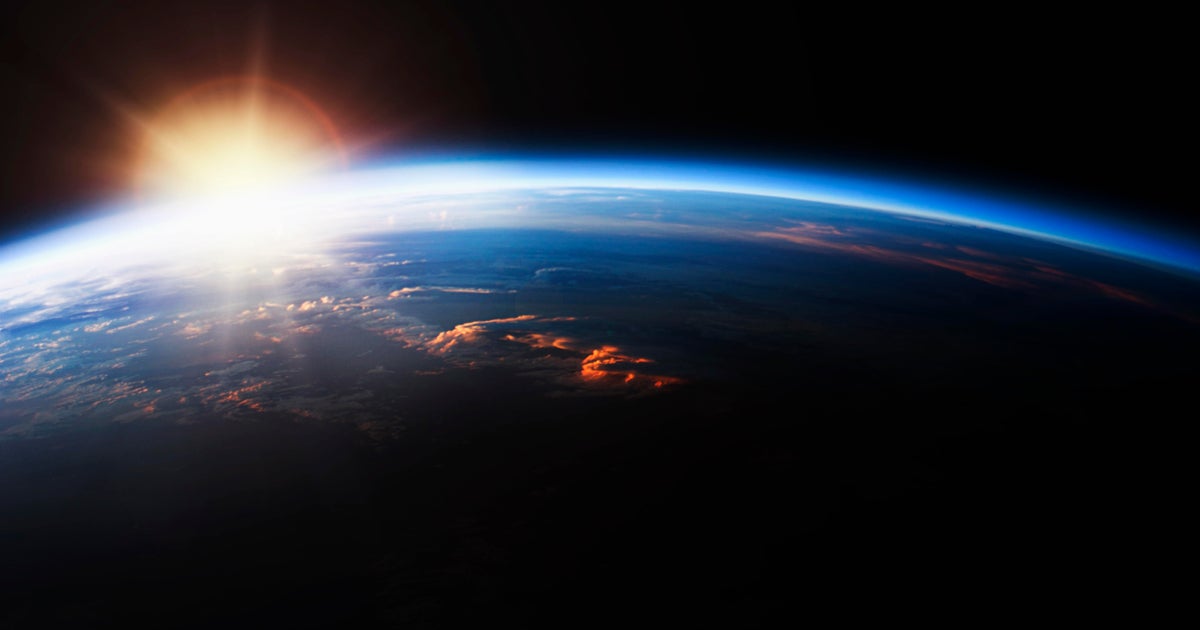
On January 2, 2021, Earth is closer to the sun in its elliptical orbit than on any other day of the year, marking an annual event known as perihelion.
The word perihelion is translated from Ancient Greek, meaning "near the sun." According to EarthSky, Earth was expected to reach perihelion on Saturday morning at 8:51 a.m. ET.
The sun is about 3% larger in the sky on Saturday — not enough to be noticeable with the naked eye. Remember: You should never look at the sun without proper eye protection, and sunglasses are not a sufficient replacement for solar-viewing glasses.
Earth's orbit is not a perfect circle, meaning sometimes the planet is a bit closer to our star, and sometimes it is farther away. The distance varies by about 3 million miles over the course of the year — nearly 13 times the distance from Earth to the moon.
Perihelion also marks the moment when the Earth is moving at its fastest in its orbit around the sun. The planet is currently racing around the sun at almost 19 miles per second — about .6 miles per second farther than when it reaches its farthest point from the sun in July.
"If you run east at local midnight, you will be moving about as fast as you can (at least in Sun-centered coordinates) for your location," NASA said.
Because of this, summer in the Northern Hemisphere lasts about five days longer than winter, according to EarthSky. The opposite is true in the Southern Hemisphere.
Although sunlight is more intense on Saturday, winter in the Northern Hemisphere is unaffected, due to the 23.5-degree tilt of Earth's axis. Being closer to the sun does not change the Earth's tilt, so the North Pole is still tilted away from the sun.
Six months from now, on July 5, Earth will be at its farthest from the sun, known as its aphelion, meaning "far from the sun." At perihelion, Earth is about 91.5 million miles from the sun, and at aphelion, it is around 94.5 million miles away.
Between perihelion and aphelion, there is about a 6.7% difference in the intensity of the sunlight as it hits our planet. According to NASA, this is one explanation for more extreme seasons in the Southern Hemisphere compared to the Northern Hemisphere.
The perihelion isn't the only celestial event this weekend. Saturday night into Sunday morning also marks the peak of the Quadrantid meteor shower — one of the best of the year.
Article From & Read More ( Earth is at perihelion — closer to the sun than on any other day of the year - CBS News )https://ift.tt/3ocDYdh
Science
No comments:
Post a Comment